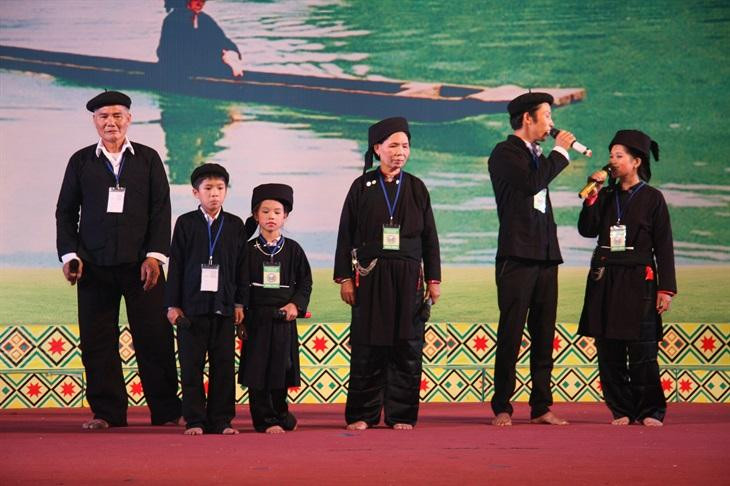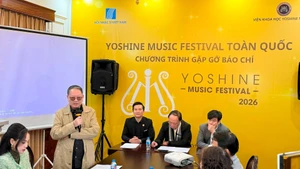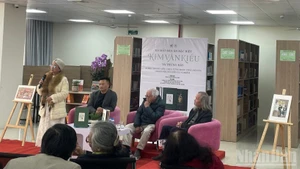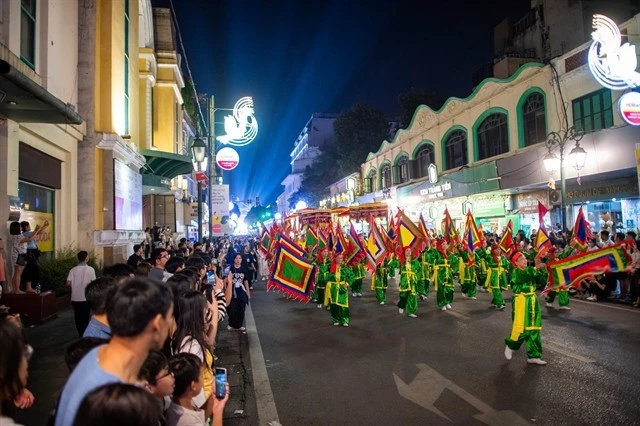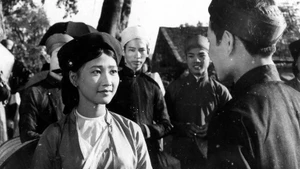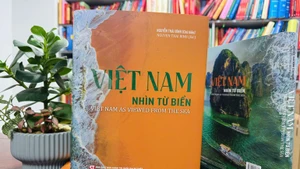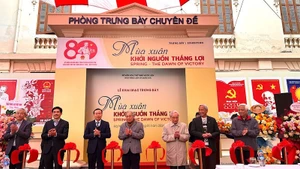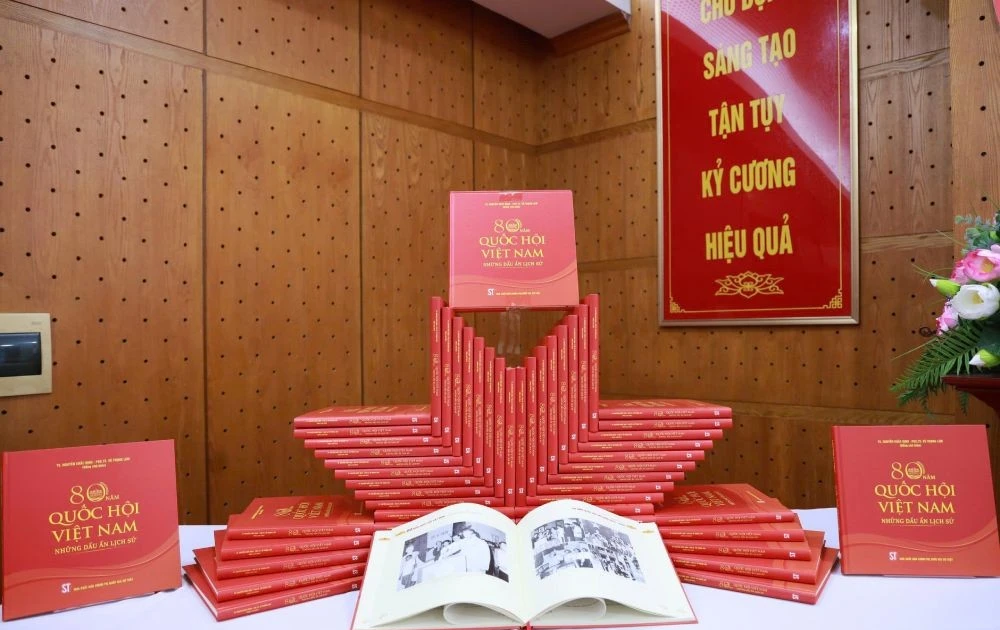Lang Son is home to seven main ethnic groups Kinh, Tay, Nung, Dao, Hoa, Mong and San Chay (also known as Cao Lan or San Chi). Each group has distinctive folk melodies with different nuances, styles and names.
For example, the Tay people have a gourd lute called “dan tinh”, as well as “then”, “luon”, “vi” and “phong slu” singing melodies, while their Nung brothers and sisters have “sli” and “heo phun” singing.
“Pao dung” is a popular melody of the Dao people, and the love duet singing of the Mong people is divided into two main parts. Romance-themed folk songs of the San Chay people in Lang Son are called “sang co” or “piac nhat co”, while those of the Hoa people in the province are named “shan co” (Son ca singing).
Performances of folk music and songs are a community-based cultural activity. In their traditional costumes, local people sing in their languages, which is unique and helps popularise the tongues, thus encouraging visitors to seek meaningful and beautiful traits in the ethnic group’s spiritual life.
The folk music of the groups together creates a unique folk culture of Lang Son province. However, those melodies are not immune from outer influence and oblivion risks.
Therefore, authorities of all levels throughout the locality have taken various measures to bolster research and collection of the melodies, and systemise data on the folk songs of the groups. The culture, sports and tourism sector of the province has reviewed intangible heritages in the locality since 2011.
In addition, various practical activities have been carried out, such as honouring local artisans, devising policies to support and maintain “then” singing clubs, and teaching folk melodies to the next generations. Since 2016, the provincial Department of Culture, Sports and Tourism has opened 10 classes on “sli”, “then”, and “pao dung” singing, which attracted more than 3,000 learners.
The success of the preservation of intangible cultural heritages is attributed to the work of associations, notably the provincial Association of Folk Singing Preservation, which has made active and effective contributions to protecting and upholding the values of folk song melodies.
Lang Son province is now home to about 500 community cultural and art clubs, attracting some 10,000 members. Several schools in Van Quan, Binh Gia, Bac Son, Cao Loc, Chi Lang and Loc Binh districts, are paying attention to adding folk song teaching into their extracurricular activities.
Thanks to such effort, old folk singing genres such as “then”, “sli”, “pao dung” and “xang co” have come back into the community. Since 2017, “then” and “sli” singing by Tay and Nung ethnic groups have been recognised as national intangible cultural heritages.
